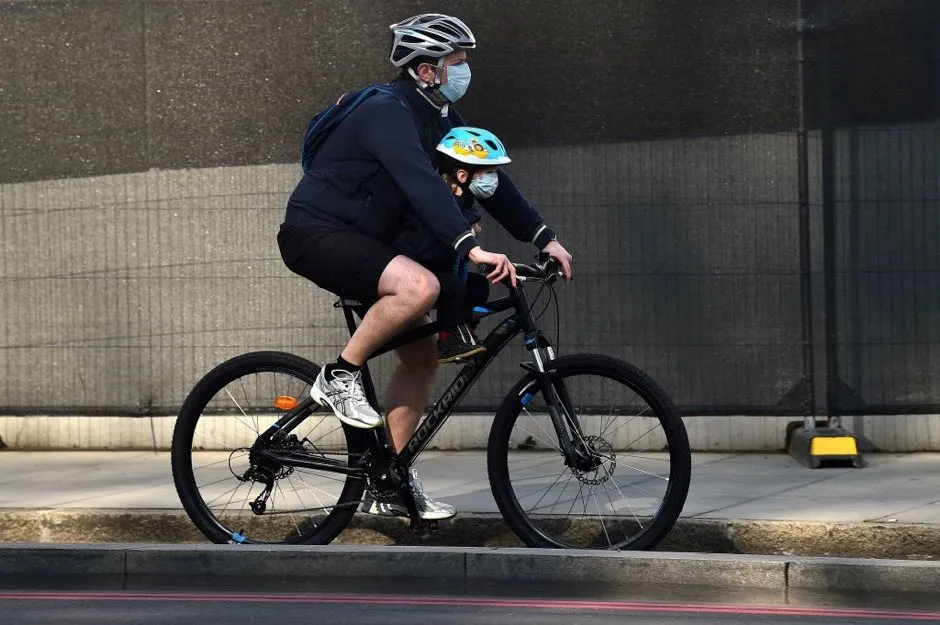Children with COVID-19 generally experience a mild disease and fatalities are very rare, a Europe-wide study suggests.
The research, which included 582 children aged from three days up to 18 years old, found that although the majority (62 per cent) were admitted to hospital, fewer than one in 10 patients (8 per cent) required treatment in intensive care.
The researchers note that their study only involved patients who had sought medical help and been tested for coronavirus, therefore milder cases would not have been included.
Dr Marc Tebruegge, lead author from the UCL Great Ormond Street Institute of Child Health, said: “We were reassured to observe that the case fatality rate in our cohort was very low, and it is likely to be substantially lower still, given that many children with mild disease would not have been brought to medical attention and therefore not included in this study.
“Overall, the vast majority of children and young people experience only mild disease.
“Nevertheless, a notable number of children do develop severe disease and require intensive care support, and this should be accounted for when planning and prioritising healthcare resources as the pandemic progresses.”
Read more about children and coronavirus:
- BAME children 'more at risk' of rare COVID-19-related syndrome
- Child receives first COVID-19 blood plasma transfusion in NHS trial
- A learning curve: despite school closures, our children will be OK
The scientists advise against extrapolating the numbers observed in their study, published in The Lancet Child and Adolescent Health, to the wider population.
But they suggest that their findings should be taken into consideration when planning for demand on intensive care services as the pandemic progresses.
The study was carried out over a three-and-a-half-week period from 1 April to 24 April, during the initial peak of the European pandemic.
Only a quarter of the patients had pre-existing medical conditions, in contrast with adult studies where the proportion of patients with co-morbidities is typically much higher.
But that likely reflects that children have fewer chronic medical problems than adults overall in the general population, the researchers said.

The researchers found that the most common symptom reported was fever, and around half of the patients had signs of upper respiratory tract infection, and a quarter had evidence of pneumonia.
Some 92 children, most of whom were tested due to close contact with someone with coronavirus, had no symptoms at all.
The vast majority (87 per cent) of patients did not require oxygen or any other support to help them breathe at any stage.
Only 25 children needed mechanical ventilation but, when they did need it, that support was typically required for a prolonged period, often for a week or more.
According to the study, the number of patients receiving antiviral or immunomodulatory therapies was too low to draw conclusions about the efficacy of any of the treatments used.

Dr Florian Gotzinger, from Wilhelminenspital in Vienna, Austria, said: “Although COVID-19 affects children less severely than adults overall, our study shows that there are severe cases in all age groups.
“Those who have pre-existing health issues and children under one month of age were more likely to be admitted to intensive care.
“Well-designed, randomised controlled studies on antiviral and immunomodulatory drugs in children are needed to enable evidence-based decisions regarding treatment for children with severe COVID-19.”
Four patients – all older than 10 – died during the study period, two of whom had pre-existing medical conditions.
